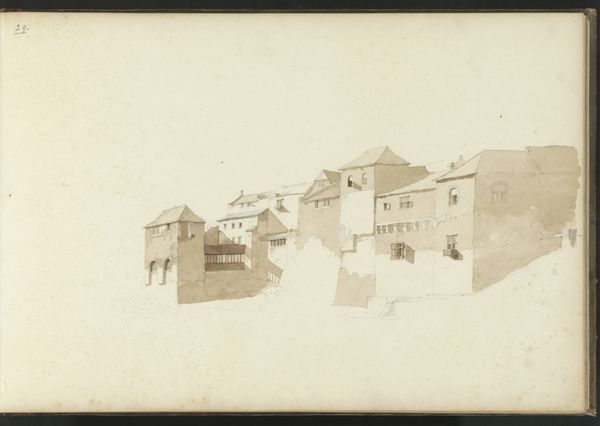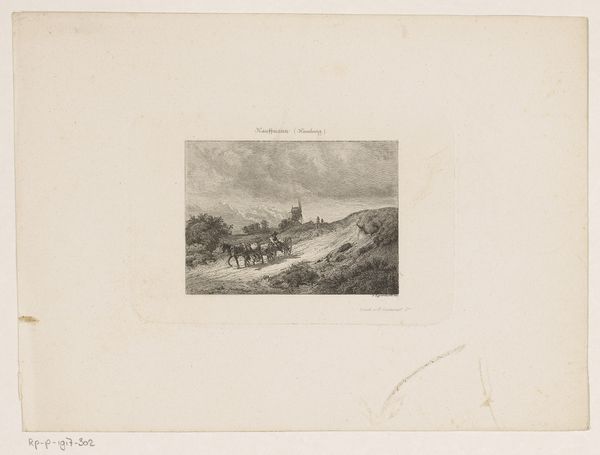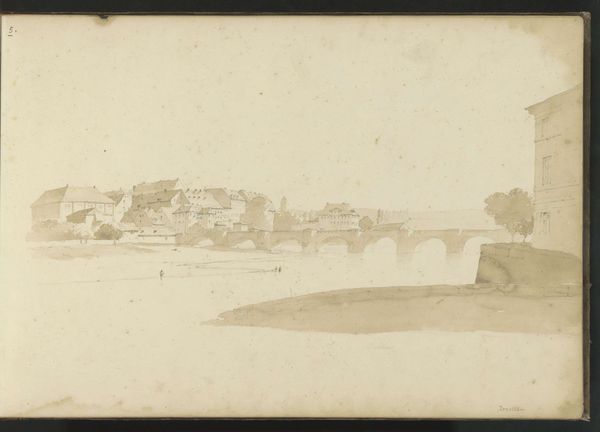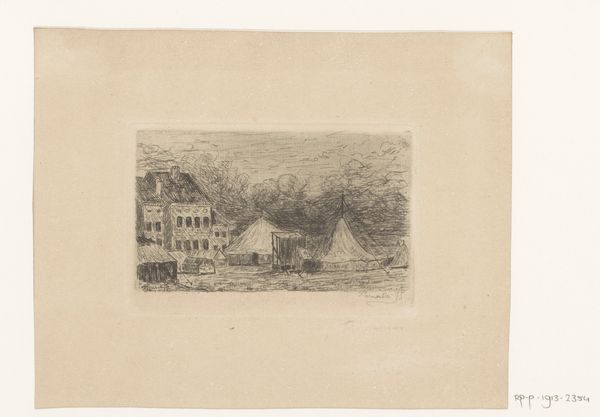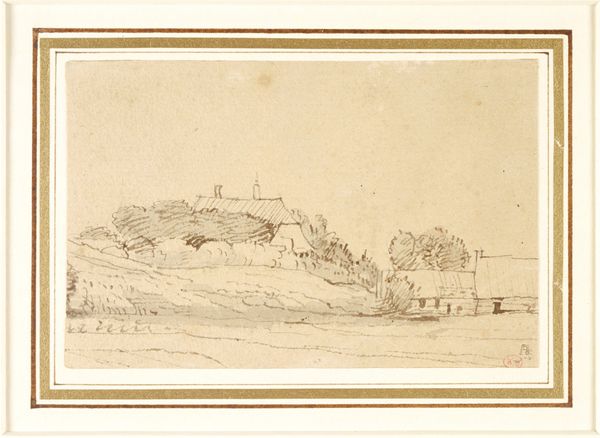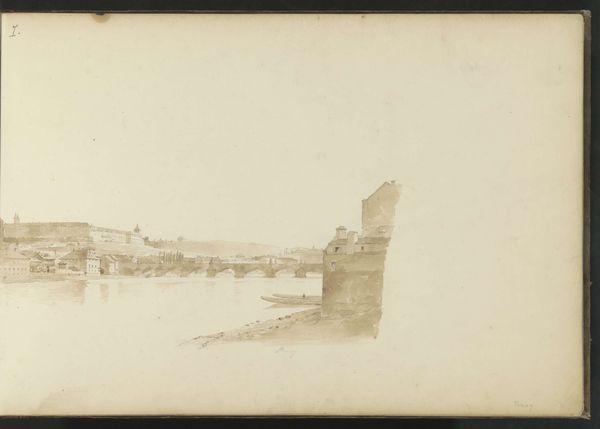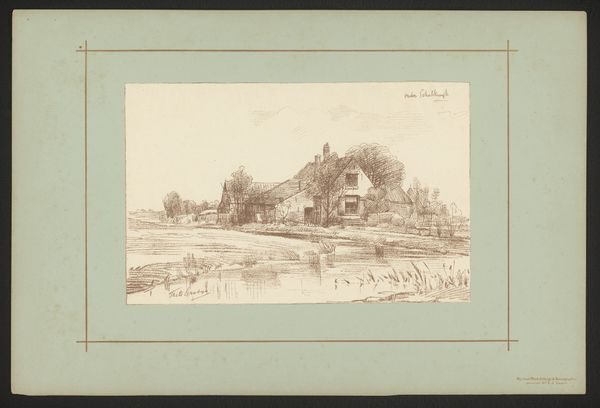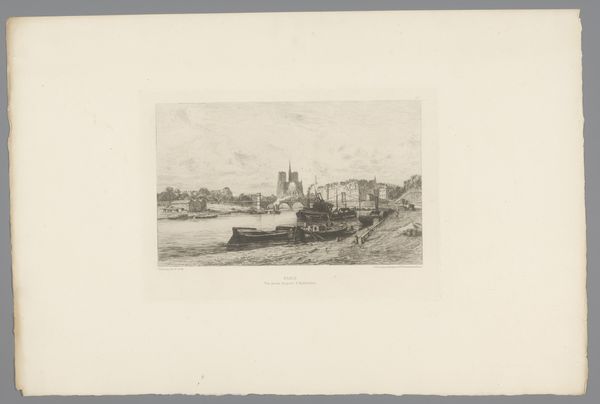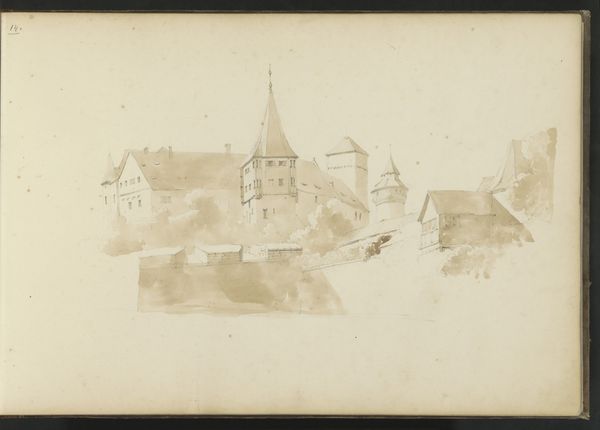
drawing, paper, watercolor, pencil
#
drawing
#
dutch-golden-age
#
landscape
#
paper
#
watercolor
#
pencil
#
watercolour illustration
#
watercolor
#
realism
Copyright: Rijks Museum: Open Domain
Editor: Looking at "Houses on a Quay" by Kasparus Karsen, probably made sometime between 1820 and 1896, it's a watercolour, pencil, and ink drawing on paper currently held in the Rijksmuseum. There's something almost ghostly about it – muted tones and indistinct lines. How should we understand its social and cultural meaning? Curator: Good observation! Karsen's work invites us to consider the evolving role of art within a changing society. The subdued tones and almost documentary style reflect the burgeoning interest in Realism. These works depicted everyday life, challenging the romanticized historical paintings favoured by the elite. Who do you think would consume these realistic drawings? Editor: I imagine a rising middle class, eager to display their modern, practical sensibilities, maybe? Curator: Exactly! As the Dutch Golden Age ideals waned and industrialisation reshaped the landscape, there grew a desire for truthful portrayals. The location, perhaps a trading hub, reinforces how Dutch identity became entwined with commerce. Karsen's technique makes you wonder, was he simply depicting buildings, or alluding to the commercial energy that fuelled this country? How might a wealthy merchant have reacted when seeing this at home? Editor: They might be both pleased and slightly anxious? Representing their success, while perhaps not showing off as much as they really want to. I had been stuck thinking about the quiet melancholy, and you reframed it around class. Curator: The public role of art shifts depending on its social setting and function. Perhaps art serves here as a sort of capitalist social signaling!
Comments
No comments
Be the first to comment and join the conversation on the ultimate creative platform.

